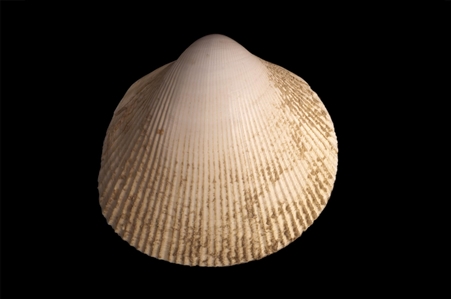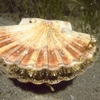Other Names
- Common Southern Cockle
- Narrowly Ribbed Heart Cockle
- Rackett's Strawberry Cockle
General Description
The shells of this species are light, fragile and brittle. They are usually white to cream in colour, some with pink near the rounded apex (umbo). Sculpture of over 50 fine radial ribs. Shell up to 6 cm across.
Biology
This species may be found in large numbers on the sea floor. Like other Australian cockles, this species is not commercially harvested for food, although one northern species was an important element in the food sources of indigenous communities.
Habitat
In sand and mud, to depth of 30 m.
Soft substrates
Distribution guide
Most states of Australia.
Species Group
Sea snails and shells › Bivalves
Depth
Water Column
Max Size
6 cm
Diet
Plankton or Particles
Commercial Species
No
Global Dispersal
Native to Australia
Species Code
MoV 180
Conservation Status
- DSE Advisory List : Not listed
- EPBC Act 1999 : Not listed
- IUCN Red List : Not listed







